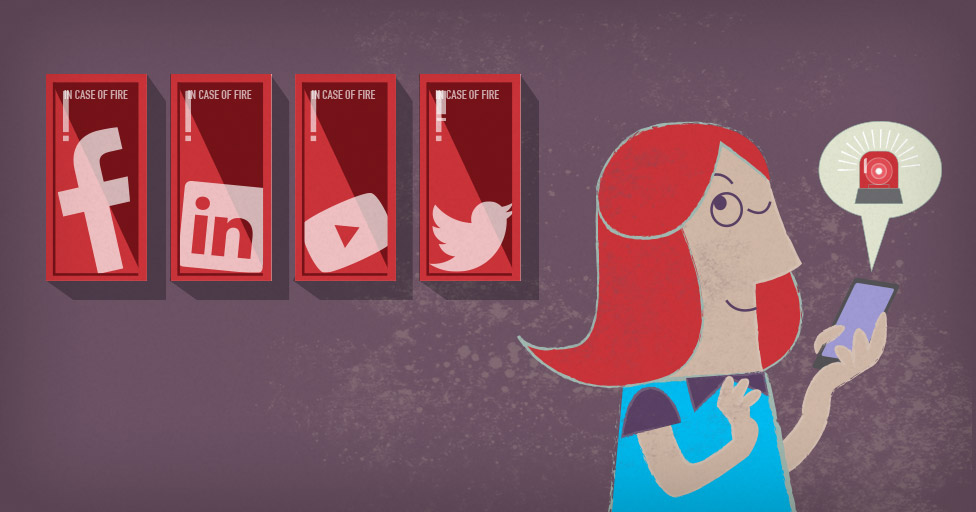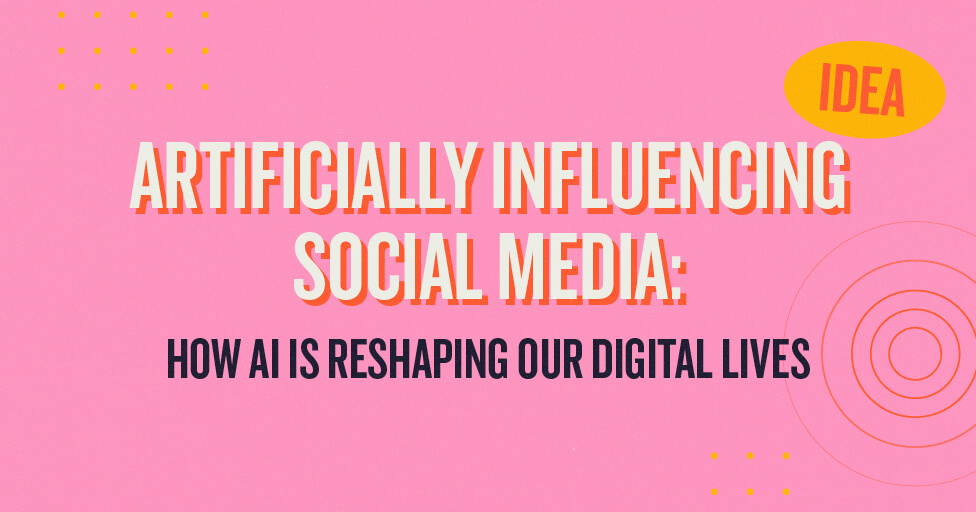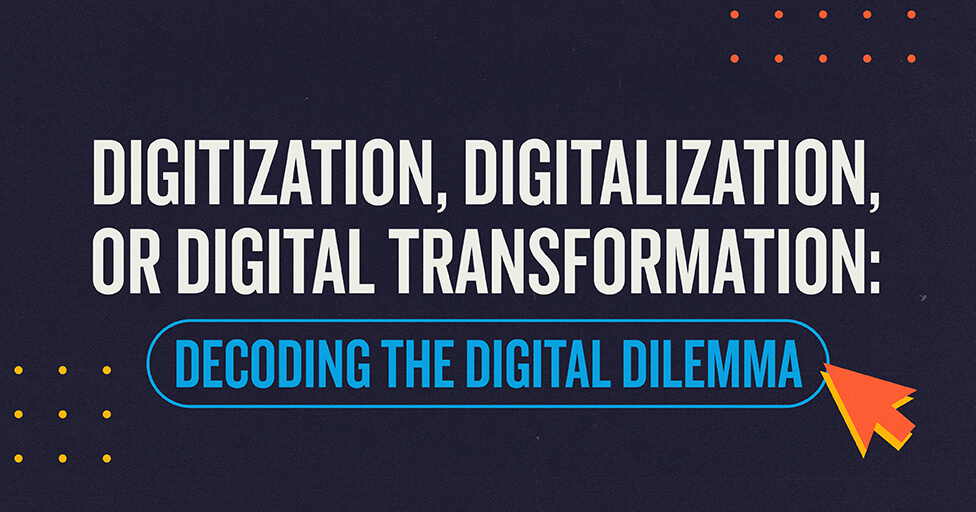
We can all think of examples when a PR crisis struck a major brand we had an affinity for. It hasn’t been long since Pepsi found themselves in trouble after a failed attempt at mixing products with politics; United Airlines had to crack down on their practices after a passenger was dragged off a plane; and most recently, an episode of This Is Us caused millions across the nation to unplug their Crock-Pots for good.
It’s no secret that the best defense against a crisis—PR or otherwise—is having a plan. Sometimes, you can anticipate a crisis and have a strategy in place to get around it. But no matter how much you plan, there’s always a chance that something unexpected will happen and you have to be ready to respond.
While all of these examples provide some key takeaways (what to do and what not to do), finding yourself in a PR crisis can still be unnerving. We’ve compiled our top tips for getting yourself out of hot water.
Think before you act—but do so quickly

When a PR crisis strikes, it can be easy to get overwhelmed. Take a moment to analyze the situation before reacting. Think about what your consumers need (and want) to hear, what information you need to share with them, and how you can tell the story you want people to hear. Having a solid crisis communication plan is key.
In the case of United Airlines and Pepsi, this was the time they needed to investigate what truly happened and what they wanted to say. Neither of these brands appeared to be making good decisions when it came to protecting their customers and being sensitive to social issues, and they needed to determine their message before going any further.
For Crock-Pot, while they hadn’t done anything specific to cause this uproar, they still needed to address people’s concerns. Rather than firing off a statement, though, accusing This Is Us of an unrealistic storyline, they worked through a statement that didn’t place additional blame and just addressed the concern at hand.
If you find yourself in this sticky situation, you’ll want to have a plan in place to help you organize your thoughts and get to work. Here’s what you’ll need:
- Defined key messages: what is your brand about and what makes you different?
- Identified key stakeholders and spokespeople: who are the key people affected by news from your brand and who are the most qualified to speak on the brand’s behalf? (And no—everyone is not the right answer!).
- Established distribution channels: how are you going to distribute this news? Are you going to seek national or local news coverages? Are you distributing your own press release? Email? Social? Make sure you’re considering how your content needs to be formatted and optimized for each of these channels.
Rewrite your story

Once you’ve addressed immediate concerns, it’s your turn to share the message you want people to hear. You never want to be dishonest or deceitful, but this is your time to tell the story that you want your consumers to hear.
Tonality is also important as you construct your messaging around what happened. Regardless of who is at fault, it is always best to respond with emotion first—show empathy for what happened. Follow this with the facts. Once your audiences understand you are being genuine, facts will help repair the damage rather than make the brand look defensive.
For brands like United and Pepsi, is an opportunity to tell the story of how you are evolving as a brand. Think about things like what your brand learned, what you’ll do differently, and what you are doing that you want consumers to remember now that the dust has settled.
For Crock-Pot, this meant reminding users why they started using slow cookers in the first place—they are not inherently dangerous when you leave them unattended. While you can always push this story through your traditional brand channels, you may also have to think outside the box. In this case, the brand that wasn’t even on Twitter until this crisis unfolded. By listening to the response you’re getting as you manage your brand’s message, you can hear and address ongoing concerns and find supporters as well!
Think about these things when developing your plan for community management:
- Find your people: Have a plan in place for finding those saying things about your brand. Sure, you’ll find plenty of negative comments to respond to, but this is also a great way to find your strongest advocates.
- Really listen: It’s always good to have a few standard responses drafted for questions you know you’ll get a lot, but don’t get too comfortable replying to every single person this way. It can be time-consuming, but really listen to the concerns of your audience and be genuine in the way you address them.
- Stay in control: Don’t forget, you have the chance to tell your own story here. As you respond to concerns, make sure you’re also sharing those key messages and redirecting the conversation to what you’re doing to improve, rather than harping on what went wrong.
- Don’t lose touch: The most effective community management strategy continues even after a crisis has settled. This will not only ensure you continue to maintain a good relationship with your audience but also put you in an even better position should another crisis unfold sometime in the future.
Regain trust
For United Airlines and Crock-Pot, they had some major damage control to do to repair the image of their product. After seeing a passenger dragged off a plane and watching the Pearson’s house go up in flames, consumers could easily imagine themselves being hurt by these brands in the same way. Whether these incidents were likely to occur or not, these brands needed to reassure consumers that their concerns were heard and were being addressed.
For Pepsi, their PR nightmare had nothing to do with the product or experience—it was all in their messaging. In order to regain the trust of those they offended, the easiest and most simple solution was to apologize. Even if the ad wasn’t intended to stir controversy, consumers wanted to hear that the brand they know and love didn’t just give them a product they love, but also that the brand was one they could be comfortable supporting.
In all of these cases, the brands need to have an ongoing strategy to maintain the relationship they’ve started to rebuild with their consumers. Managing your reputation after a crisis can seem overwhelming, but you can break it down into these more manageable actions:
- Own your story: Take charge of your brand’s message! When you’re not in the heat of a crisis, be strategic about what you want people to learn about your brand. Establish who you are and demonstrate it through all of your brand channels.
- Social listening/community management: As discussed above, keeping up with both your critics and advocates on social media is critical to establishing a good relationship, getting valuable feedback and harnessing the power of those who support your brand.
- Review Management: Much like on social media, people are leaving reviews for your brand online whether you choose to seek them out or not! Again, this is a great way to find your advocates and also address concerns from your critics. You can’t fix what you don’t know—so it’s better to understand what conversations are going on about your brand, address them, and return to telling the story you want people to hear!
Still feeling overwhelmed by the idea of planning for a PR crisis? That’s what we’re here for! If you’re looking for a partner for creating a PR strategy, let’s talk!
Subscribe to our newsletter
Get our insights and perspectives delivered to your inbox.


